SCAD Savannah Film Festival: In Conversation with the Man that Brought Marcel the Shell to Life
During the 2022 SCAD Savannah Film Festival, I watched the moving story of Marcel the Shell with Shoes On. I also talked with the director, Dean Fleischer-Camp, about the long process of making this film. In the movie, documentary filmmaker Dean (portrayed by the director himself) moves into an Airbnb, where he discovers Marcel, a one-inch-tall talking shell. Marcel lives with his only family member, Nana Connie. They are the only residents of the Airbnb after the rest of the family mysteriously disappeared. Dean decides to make a documentary about Marcel as he starts his quest to find his family.
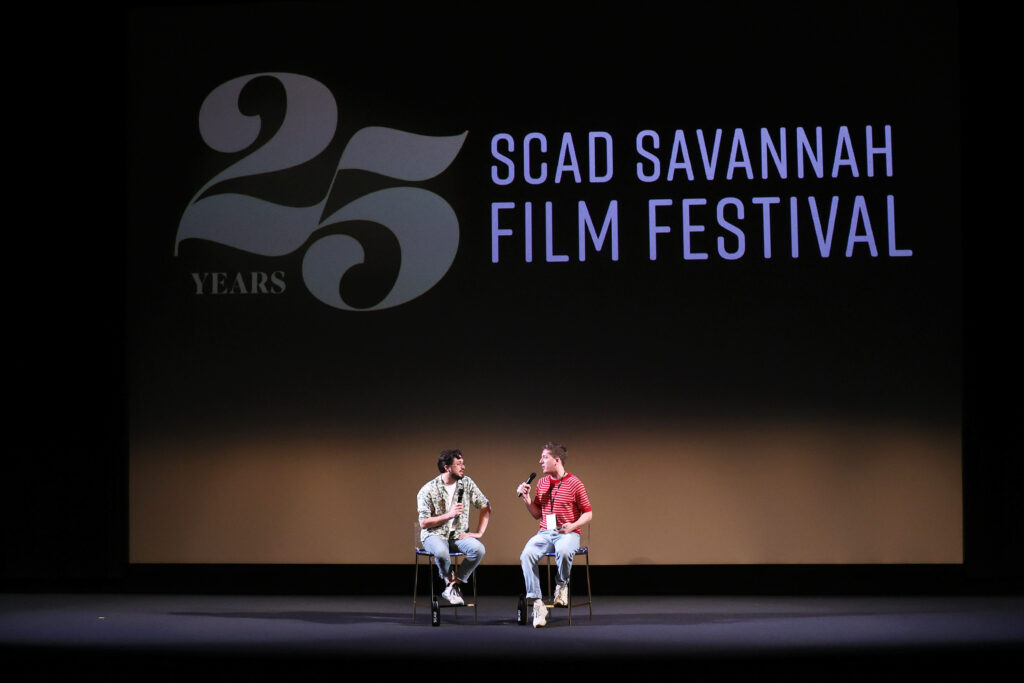
The concept for this film started with a series of small short films back in 2010 when Dean and Jenny Slate created Marcel by using stop-motion animation. They initially had fun with the process by exploring the free and creative approaches to making Marcel. However, it was not until later that Dean had the budget and the connections to gather a great team and make a larger feature film. “We had the luxury of flushing it out in pieces. Jenny and I made a few shorts and then created a couple of books, and, after several years of working with the character, we knew the type of story we wanted to tell.”
Adding to the development of Marcel’s moving story, Dean highlighted the importance of adding a personal touch to make the story feel real and relatable for the audience. He said, “There’s going to be a small thing that is a labor of love. And so, it felt totally necessary and essential that we adhere to that or even explore it in a way that felt fresh but also uplifting and honest to all the people that were working on it…A lot of us, entrepreneurs, who were making the film, at one point or another felt like we were working on something that was really rehabilitative for us. Like it really had a personal relevance. And yeah, there were several times where I felt like, Wow, I’m so glad I’m making this because it’s also teaching me a lot about life.”
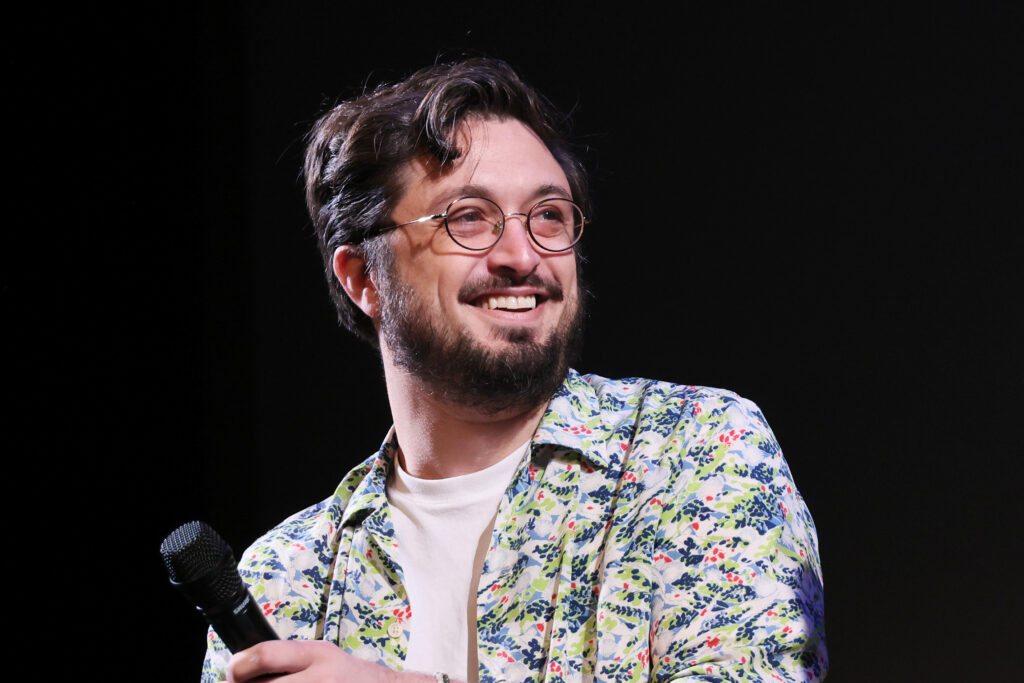
Going on to talk about the behind-the-scenes of creating this film, Dean shared that he took a different approach within the pipeline. During pre-production, they gathered the audio and casting first and worked on the storyboards after. He shared that this approach was crucial to creating the documentary style he was looking for and creating Marcel’s spontaneous stop-motion character. “I really wanted to achieve a documentary aesthetic because I felt like part of the character was like that in the original shorts… I loved the idea of trying to make that a stop motion character that really feels like it’s really spontaneous and off the cuff like there’s so much camera handheld movement and feels authentically documentary in that way. So I wanted to make sure that we weren’t writing a script, and then doing a line or writing a script and then storyboarding it and then recording the performances. Because there’s so much emotional content in our language and the way we communicate that isn’t verbal necessarily.” It took three months of pre-production to establish the style and how they would bring Marcel to life during the next seven years of production.
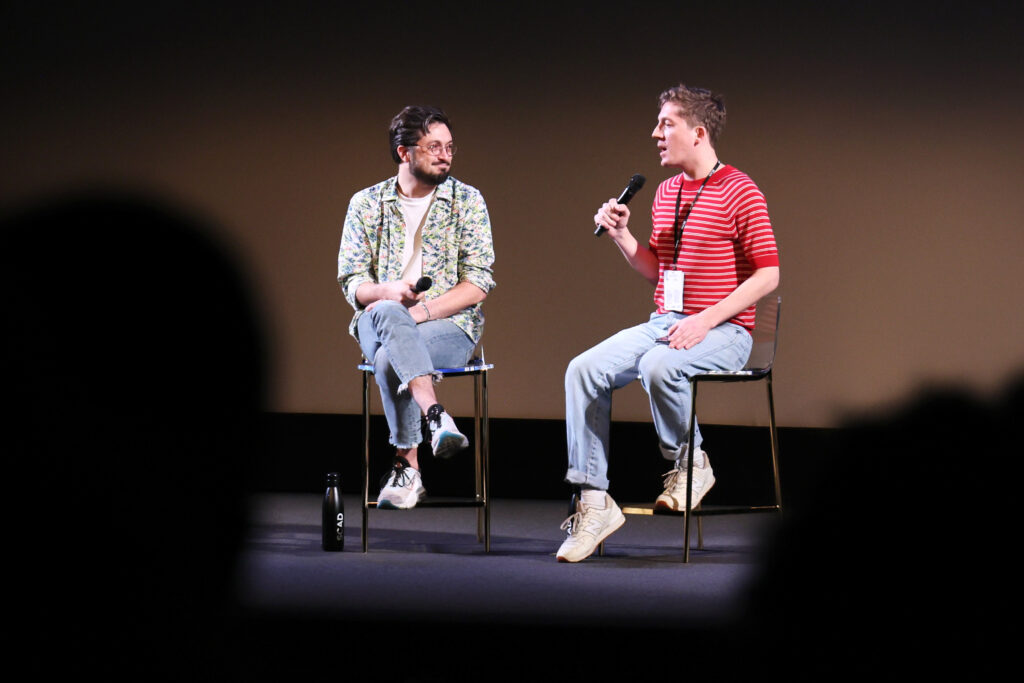
During the extensive production and post-production time, the team worked hard to bring Marcel to the big screen using stop-motion animation and visual effects. During the Q&A section of the event, Dean shared with the audience how they approached this part of the pipeline by shooting the film twice, one with the clean plate and another with the stop-motion character’s performance. “You shoot the movie and then later in computers, you’re doing all the CG model. For Marcel, instead of that second phase being inside a computer, you have a different second phase with the stop-motion shoot. It’s all practical and real, and it has to match the lighting and camera movement. Otherwise, Marcel’s unique character and the things he interacts with are not going to be integrated perfectly.” For these phases to work seamlessly, the visual effects crew and the director of photography had to be on-set, documenting every lighting setup detail of the live-action shoot. “After we finished shooting the shot, they [VFX crew] come back, take top-down photos in every single situation, and measuring the distance from the camera, the angle of the camera, the distance, the time of day, that type of lighting setup and how far they’re standing from Marcel. Then, it’s perfectly documented so that the crew can have on the stop-motion stage set up lights that are all perfectly reflective of what was done in live action.”
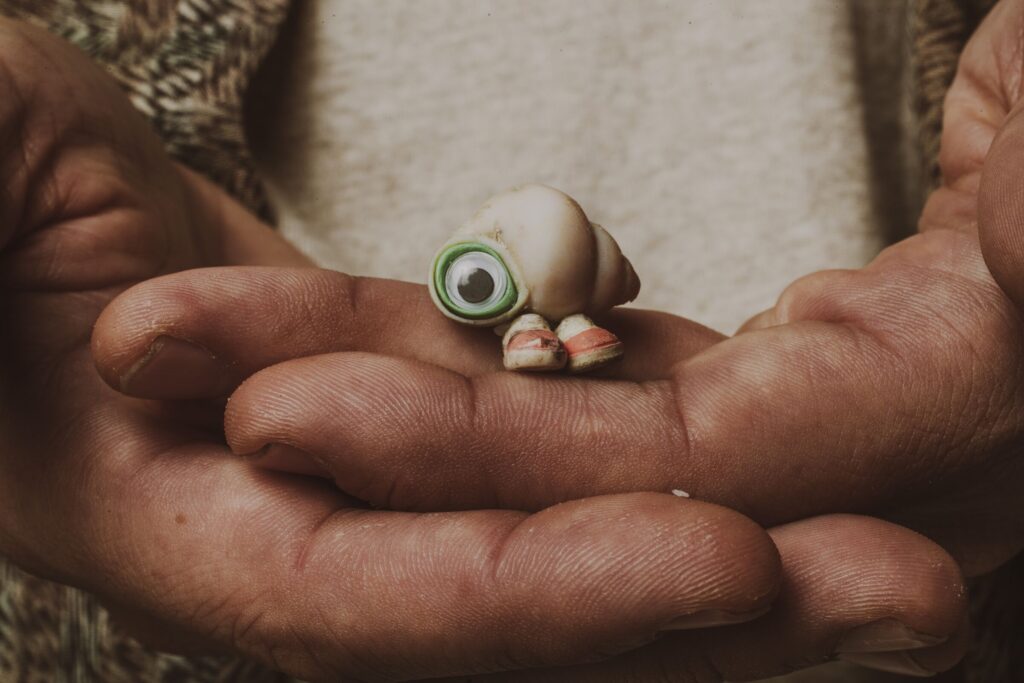
The film was mostly stop-motion heavy, but there were a few digital components to enhance the visual quality. For example, the character’s mouth was a 2D projection done digitally, in addition to the bugs that were computer generated. They also used 3D scans to create the continuity of Marcel’s model. However, some of the other characters were 3D printed, something that Dean thought they would not be able to achieve at first based on the complexity of the organic-shaped digital model. I was amazed to learn that Marcel’s eye was not computer-generated but entirely stop-motion. The lineup for this approach was blurred because often, after comping the performance, they had to redo the entire movie because of timing changes. “I was actually taking it into After Effects re-editing performances and then taking the eye from one shot, putting it into another shot and manipulating the stop motion. It really was a bunch of different departments holding hands.”
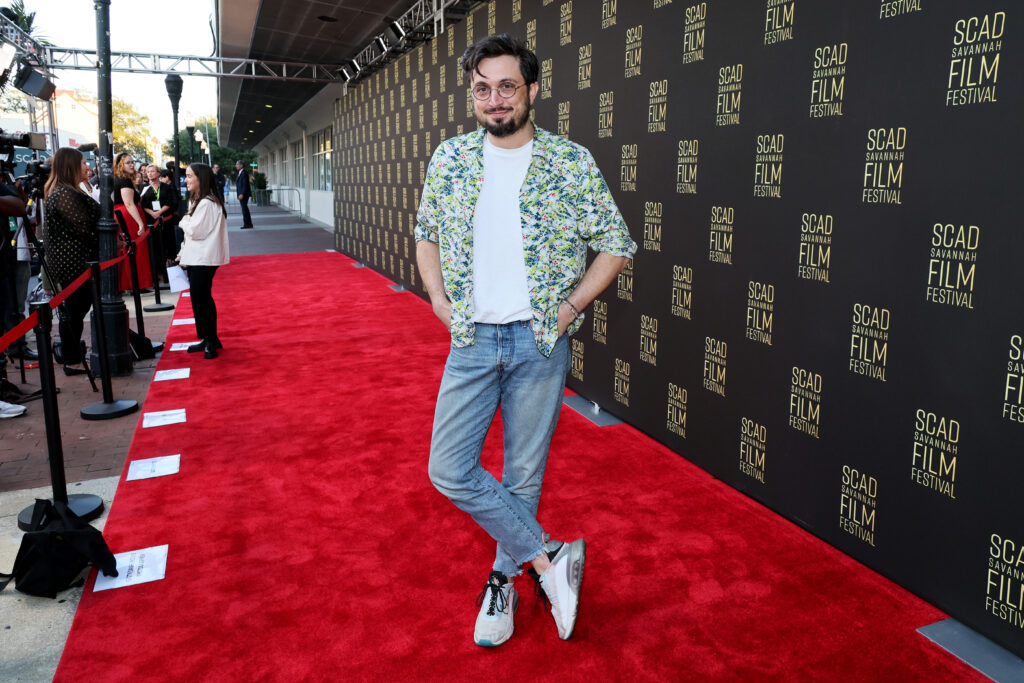
To wrap up the conversation with Dean, he shared some great advice on how to stay motivated and enjoy the process of filmmaking. “It’s really important to enjoy that process. I was like, looking back I’m like, Oh, I was pressuring myself so much. There were some people in my film school who just arrived with a totally, fully formed perspective and really unique voice and I was so envious, because I didn’t feel like I had that. It wasn’t until after making a lot of bad shorts and watching a ton of movies that I figured out really what spoke to me and what I really liked. If you’re honest with yourself about what is moving you and what speaks to you, you eventually form a voice just by virtue of saying no to some things and yes to other types of things. I think it’s really important to enjoy it. Marcel wasn’t something hugely calculated. This movie wouldn’t exist if we hadn’t been having fun. So I think that you always find different things to like about each phase in the process. That’s what always keeps me making movies.”
I believe everyone needs to watch this wholesome film. The theme is relatable and will help the humanity and empathy in us bloom. I am very grateful to learn about the morale and behind-the-scenes of “Marcel the Shell With Shoes On” during the SCAD Savannah Film Festival.

